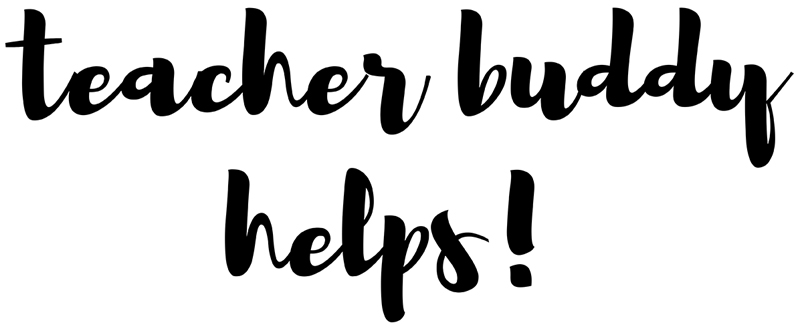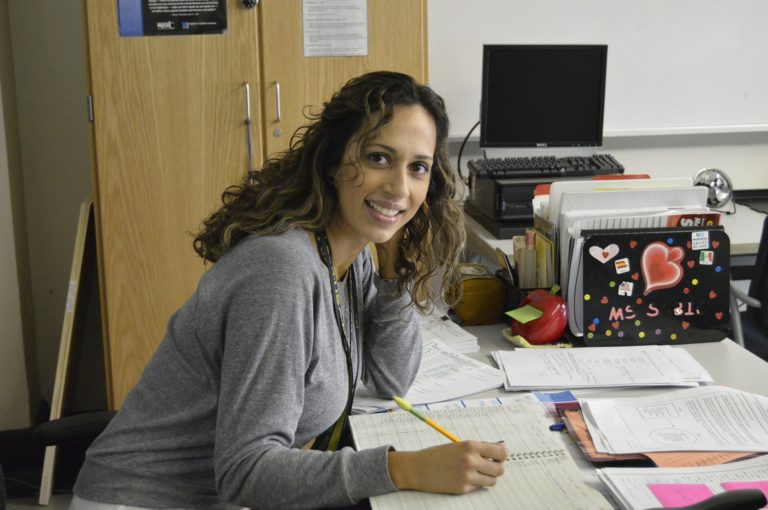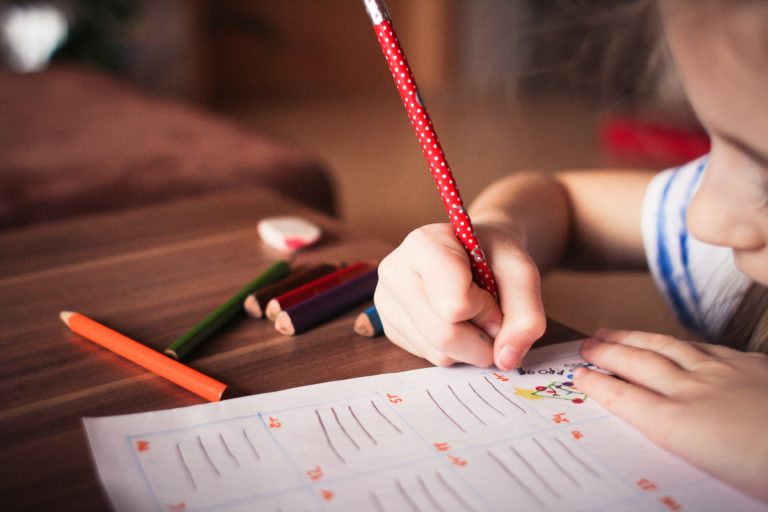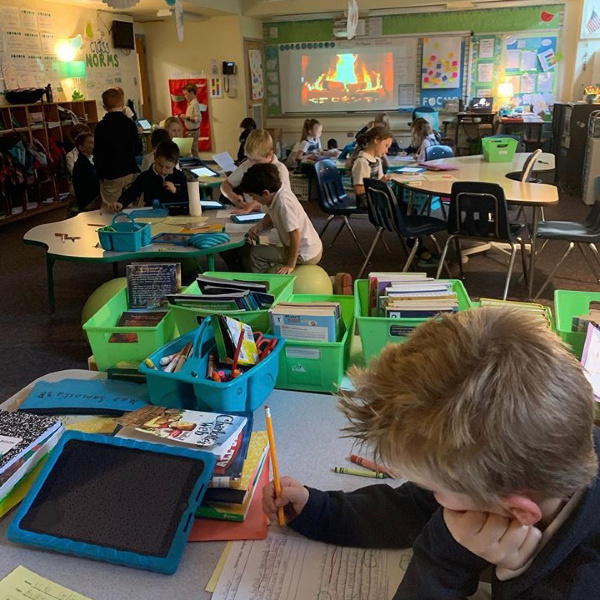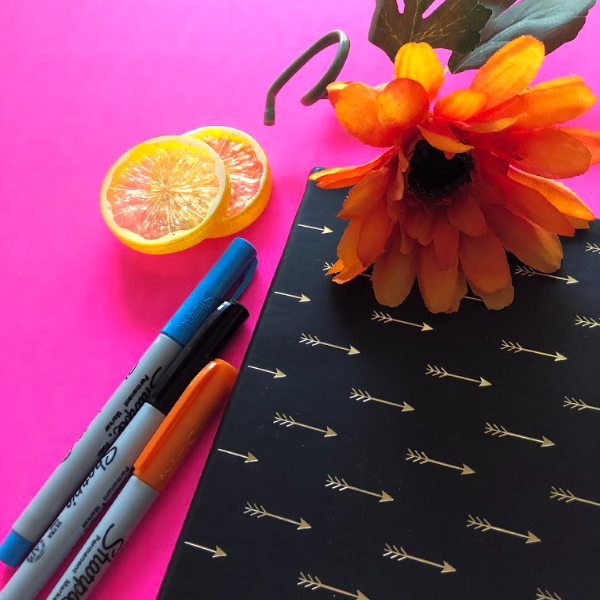How do teachers get students to listen and follow directions?
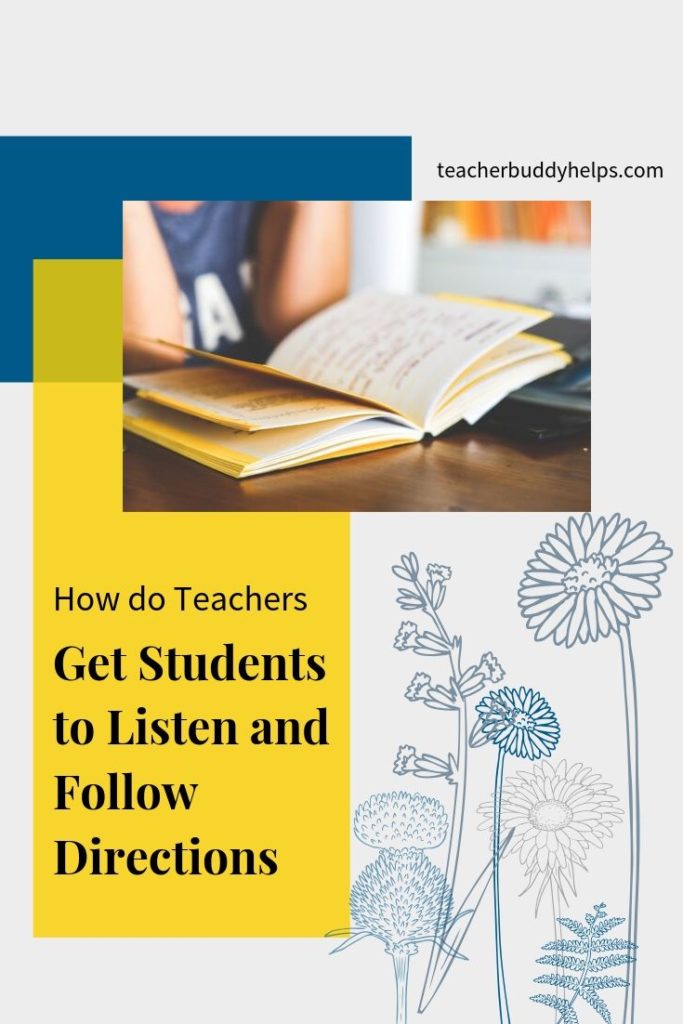
How do teachers get students to listen and follow directions? This must be the million dollar question.
There are many attention getting strategies out there, but the next step is to actually get them to listen after you have their attention.
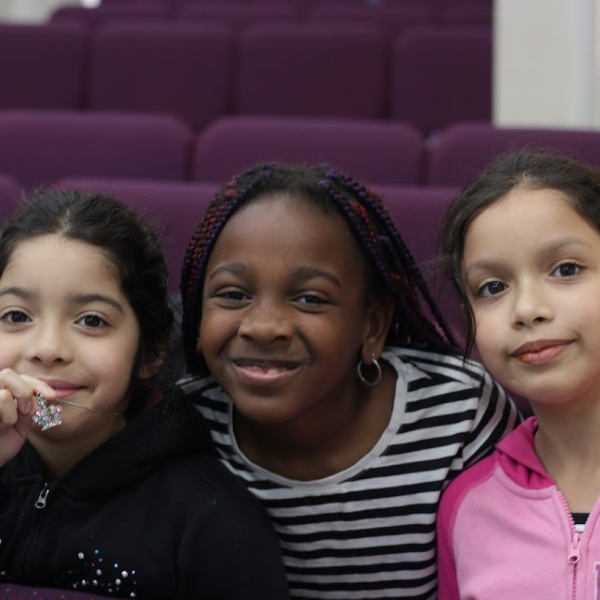
**
Gaining the students’ attention
I will list just a few ways to gain attention that I have used over my many years of teaching.
- turn the light off and then back on
- clap your hands a certain number of times
- do an echo/respond chant*
- count backward from 5
- have a bell or chime to ring
- “if you can hear me, clap once” chant*
- “Attention please”
- Use a timer
As mentioned already, there are many more of these types of attention getters. Try some out to see which one works best for you.
The ones with the asterisk (*) I will explain in more detail below.
For echo/respond, there are many that you can use. I have seen lists on the internet and on Pinterest. A common one I heard when I was principal was the teacher said the name of the school, and the students echoed the mascot. So, for example, the teacher says “Roosevelt” and the students all respond “Tigers.” You can repeat if only a few students heard.
Here are a few others:
- Teacher Says Students Respond
- Hocus Pocus – Everybody Focus
- To Infinity And Beyond
- Back straight Eyes Front
- Name of School Mascot
For “if you can hear me” chant. For this one, you begin with one clap and add an additional one each time you have to repeat the phrase. So, you say, “If you can hear me, clap once.” And you see how many students stop talking and clap. If it’s only a few, do it again.
The teacher explains during the rules review that she will use this to get the students quietly listening, AND if she gets past the third clap they lose a minute off of recess (or some other sort of punishment). BUT on the flip side, if they are quiet after “clap once” then they earn a class reward (obviously a small one).
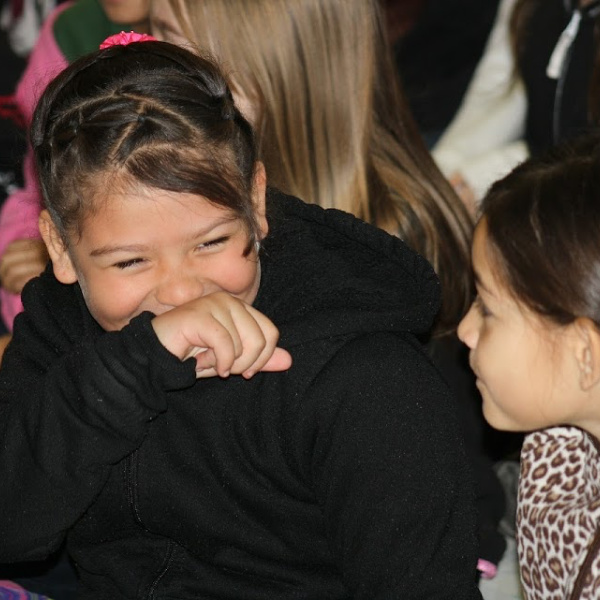
**
Then “What?” after you have their attention? How do teachers get students to listen and follow directions to learn?
So, after you have their attention you want to ensure that they are now listening AND paying attention.
No easy task!!
Two of the most effective
Partner Sharing
I have another article on partner sharing that you can access here that explains it in detail.
How to Use Effective Partner Sharing as an Instructional Strategy
When students partner share, they are FORCED to pay attention to what is going on in class. AND they are forced to listen, speak and participate.
Another strategy you can incorporate into partner sharing (aka pair/share) is to have students repeat the directions you just gave to the class – to their partners. And then the partners also tell them. Now your students have heard the directions three times.
This strategy may take a bit of time to teach to the students because you need to first make sure that they all heard and understood the directions you gave. I would suggest beginning with something simple.
Utilizing Random Selection
The other highly effective strategy is “random selection.” What I mean by this is that the teacher creates a system for calling on students during instruction – R
The “randomness” of this strategy is what causes the students to pay attention. If a student has no idea from one minute to the next when he will be called on to answer a question, the likelihood of him paying attention increases exponentially.
I have created a FREE Classroom Routines Checklist that you can download by filling in your email address below.
**
Stop Repeating Yourself
If you get in the habit of repeating directions over and over, then your students learn that they don’t have to listen the first time.
There are two strategies to support YOU NOT REPEATING YOURSELF; they are:
(1) list the instructions for the assignment on the board or under the document camera. That way you can just point to the directions.
(2) Utilize the rule of “3 before ME.” The way this rule works is that your students must ask 3 classmates for information before they ask you. Now for this rule to work, you will have to be “OK” with students talking to one another.
If you have a very unfocused group, it may not be a good idea to allow them to go up to each other and ask questions. You have to determine if this will work with your current class. It may change from year to year.
Teach about “Whole Body Listening”
I saw a poster recently about teaching this idea to small children (Kinder and 1st – as well as Pre-K). The concept behind this is to point out parts of the body and what it would look like (or be doing) during active listening.
- Ears are Listening
- Brain is thinking
- Hands are down & still
- Mouth is quiet
- Eyes are looking
It’s such a basic concept, and yet it is very powerful. It would work best if you have a poster created that stays up for you to refer to when asking students to use “whole-body listening.”
Discuss each with your class numerous times during the first week of school. Try to have students explain one to his/her classmates.
This really builds ownership for their behaviors that lead to active listening, right back on them – as students.
Use Rewards
Reward the students who are listening attentively. When I taught first grade, I could walk over to one or two students who were behaving exceptionally well. I would give them a cute sticker while saying aloud; “I like the way Jose has been listening, thank you
In my class, the entire group was quietly listening by the time I got to the third student. I wouldn’t suggest doing this as your only means of gaining attention.
The reason is that after a while, you will get students blurting out “I was being good, why didn’t I get a sticker.” So, this can become more of a problem than a helpful tool.
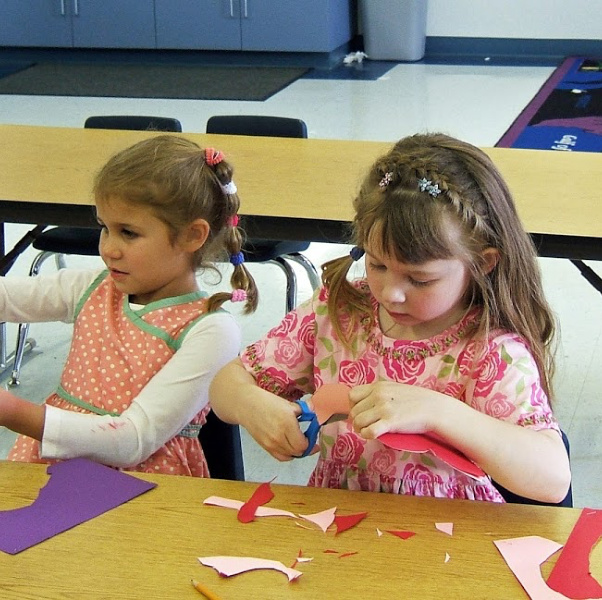
Do you have another effective strategy that you use?
Let me know if you have another great idea that works well for you, maybe I can add it to this list. Also, let me know what grade you teach.
Until Next Time,
Your Teacher Buddy
